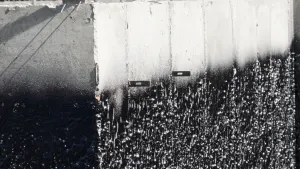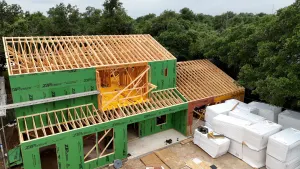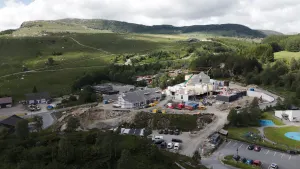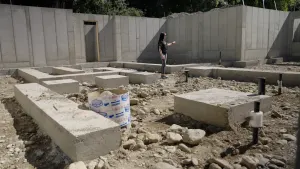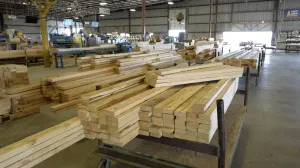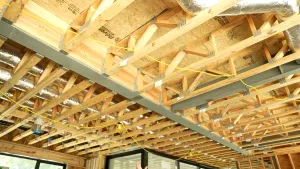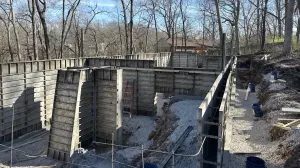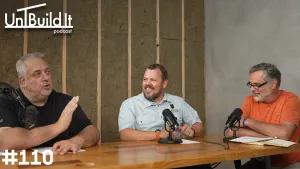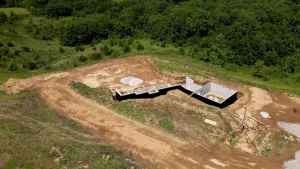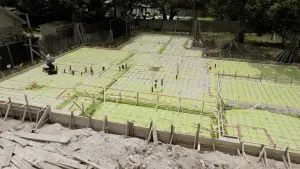Ever hear of a ram to earth house? In this video, Matt Risinger, master builder, introduces us to a type of building that most of us just haven't seen called rammed earth. At the job site, the builder describes rammed earth is the making of sedimentary rock, packing dirt into forms at 1800 psi. Portland cement is mixed into the dirt from a local quarryThe features of the rammed earth include thermal mass, so the wall retains and radiates heat. Each later of the house is 6" to 7" thick after compaction. The base of the house is concrete slab that will have radiant heat and a stem wall at the base, forming up from there. The walls maintain a constant temperature, the same way a basement does. Walls are two-foot thick the windows are set in the center and then they poured the slab later on. A ledge rests on top for the roof support. The dirt walls, because of the concrete in the mix, are stabilized. While it's possible to put a sealant on them, it's also not necessary. It has similar performance to old brick. Wood bucks hold windows and doors in place. Dimensionally stable Western cedar that is not subject to twisting or bucking. An in-wall toilet is made with a carriage recessed into the wall so that the toilet floats and then carriage bolts are used to bolt the toilet into. The tank is recessed into the wall. There is spray roof but no other insulation in the wall, just the rammed earth, which helps moderate those temperatures when there's a cold nighttime desert and a hot daytime. Using a combination of steel and wood, windows screw into the Western red cedar and a fireplace will is glass with steel siding. The features and attention to detail is amazing on this structure. Tricks learned as the process went along include consistent tamping of the material all the way across so you can see the bands, having hidden concrete bond beams on the tops of the walls, it's important to pour when the earth is damp and when you dump the dirt in with a machine you can get patterning. If the compacted earth is not exactly 6", it's not a problem because there's beauty in variation. Discussion moves to the use of rebar, roofing, parapet walls and concrete bond beams. When asked how long the structure will last," a response was that the walls are five-hundred-year walls. Check out the video to see the details of this amazing build.
Search Content
Use the search bar above, explore content using the categories below, or log in to find your favorites.
Create An Account
Thank you for choosing to create an account with us.
Please note that creating an account is optional, but helps us better tailor the content we show you.
Please enter your email address and choose a password.
Choose Areas of Interest
Please tell us a little more about your profession.
This is optional, but lets us better tailor content to your specific interests.
You can read our policy on data collection and privacy here.
Channels that Interest You
Finally, check which channels interest you so you can see more relevant content. Choose as many as you like. You can also come back here and edit these settings later.

 Share on facebook
Share on facebook Tweet
Tweet Email
Email Share on Linkedin
Share on Linkedin




